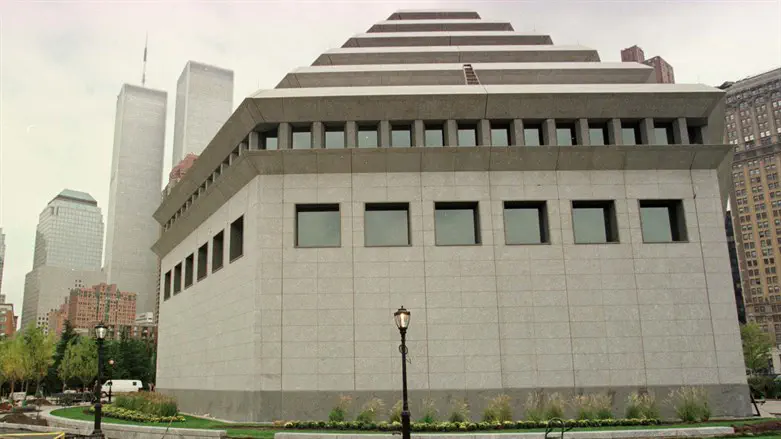
A major new exhibit, “The Holocaust: What Hate Can Do,” has opened at New York City’s Museum of Jewish Heritage.
The exhibit offers an “an expansive and timely presentation of Holocaust history told through personal stories, objects, photos, and film – many on view for the first time.”
The 12,000-square-foot exhibition features over 750 original objects and survivor testimonies.
“Together, these objects tell a global story through a local lens, rooted in objects donated by survivors and their families, many of whom settled in New York and nearby places,” the museum said in a statement.
As part of the museum’s mission to educate people of all ages and backgrounds on Jewish life before, during and after the Holocaust, the exhibit contains rooms and objects that relate to generations of Jewish life, what sustained Jewish communities, and how life was like during the modernization of Europe, World War I and the political and social atmosphere that coincided with the rise of the Nazis.
“Within the Holocaust experiences of legalized racism and fascism, pogroms, ghettos, mass murder, and concentration camps are instances of personal and global decision-making, escape, resistance, and resilience, and ultimately liberation and new beginnings,” said the museum.
“The title of our new exhibition speaks to our institution’s very reason for being,” the museum’s CEO Jack Kliger said. “Antisemitism and fascism are again on the rise throughout the world. Right here in New York, we have witnessed not only a surge in antisemitism but an uptick in violence and harassment targeting many marginalized groups. The time to speak out and act is upon us, and it is urgent. We hope The Holocaust: What Hate Can Do will educate and inspire our visitors and honor those who perished in the Holocaust, whose memories are a blessing.”
“It is a particular point of pride for our institution that this exhibition gives new life to the museum’s collection. The hundreds of artifacts, many of them donated by survivors, that visitors will experience were all donated to our institution with extraordinary trust and vision, and we are grateful. Each offers up its own story, and together these artifacts present an irrefutable record of history,” the museum’s chairman of the board of trustees Bruce Ratner said.
